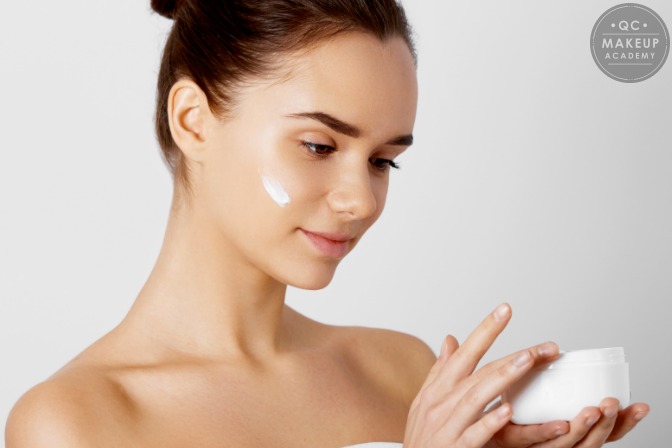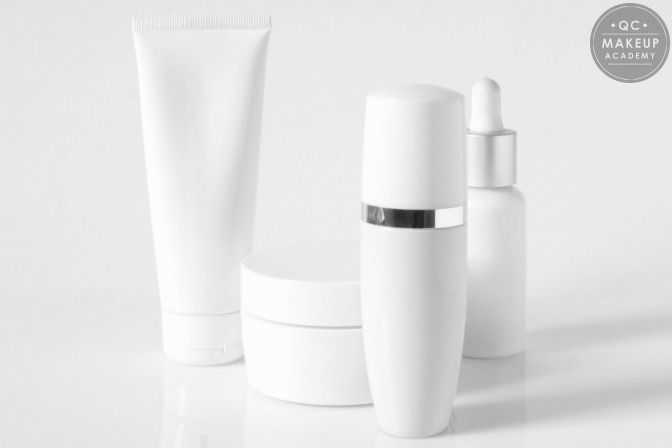All makeup artists will encounter some type of skin condition throughout their career, which means every MUA needs a system in place! Working with clients with skin conditions can be challenging, but it can also be simple. Most clients know their skin type and what irritates it, so their insights are the most valuable when it comes to your prep work!
Read on to learn how to properly apply makeup to skin conditions, and how to assess each client before applying!
Assess For Safety
First things first, you need to make sure that no harm will come to your client because of your makeup services. The best place to start? With a doctor’s note, of course!
Getting the go-ahead from your client’s family doctor allows you to work with confidence and remain stress-free. The biggest fear for makeup artists is irritating or damaging a client’s skin – but having your client provide medical proof that it’s okay will save you from worrying. You could also look into having your client sign a contract stating that a medical professional approved them for a makeup application!

Next, you’ll need to actually assess the skin and conditions that affect your client. A few things to be aware of:
- What’s the cause of the skin condition?
- Is the condition contagious?
- Is the skin irritated?
- Is the skin extremely dry?
- Does your client have allergies?
These questions will help you get to know your client’s skin, and build a trusting relationship between you. Just as you want to keep your client safe, your client wants to make sure no further irritation will occur.
Color Correct
For most skin conditions, redness or blotchiness is a common symptom. If your client is suffering from rosacea or acne, then red spots will be what you need to combat – this is where your mint green concealer comes in handy! If your client has dark marks or port wine birthmarks, you can use a color correcting concealer (colors will depend on the pigment of the skin).
To keep your client’s makeup looking natural, try to spot conceal as much as possible. By using less foundation (even if it’s full coverage), you’ll keep the skin looking like skin! Fuller coverage foundations work best for clients with large areas they want covered, but a glowing foundation will make the rest of their skin look healthy and natural.
Use Hypoallergenic Products
When working with skin conditions of any kind, you need to be diligent about which products you’re using and how you’re using them.
For example, when you apply primer or moisturizer, you should be extra gentle on your client’s skin. As well, skincare products should all be hypoallergenic – and non-comedogenic, if possible! This will save your client from having a reaction or worsening their condition.

In addition to looking for these key terms, you should also have a working knowledge of what ingredients are actually in your products. This is crucial if you’re using foundations or products that your client is unfamiliar with. They likely won’t be allergic to the ingredients – your clients should disclose any allergies during the initial consultation – but have the ingredient list on hand to be safe.
For any client, you should stick to products that won’t cause any trouble. No one wants to walk away from a makeup appointment with clogged pores!
Draw Attention Away
The main point of applying makeup to skin conditions is drawing attention away from the high-coverage areas. This can be tricky – and it doesn’t mean you need to load up on eye shadow to detract from your client’s skin.
As we said before, try to highlight areas of the skin that look healthy. Only apply coverage to the areas that truly need it, and you’ll give your clients a newfound confidence in their skin. Using lipstick and other pigments can make your client’s makeup pop – just be sure that it doesn’t make their condition stand out!
Keep Client Records
An easy way to keep track of your client’s conditions and concerns is to keep detailed client files. Create your own template of questions to ask at each appointment, with your initial conversation being quite in-depth. You’ll be able to refer back to their file for their next appointment.

Make sure to write down which products you used, as well as any comments or suggestions your client made about the look (and feel) of their skin.
Most clients with problem skin are self-conscious about having someone work so close to the area, so you’ll need to establish a trusting and relaxed relationship with them. Once you make them feel comfortable in your chair, then you can get to work and give them the confidence to rule the world.
